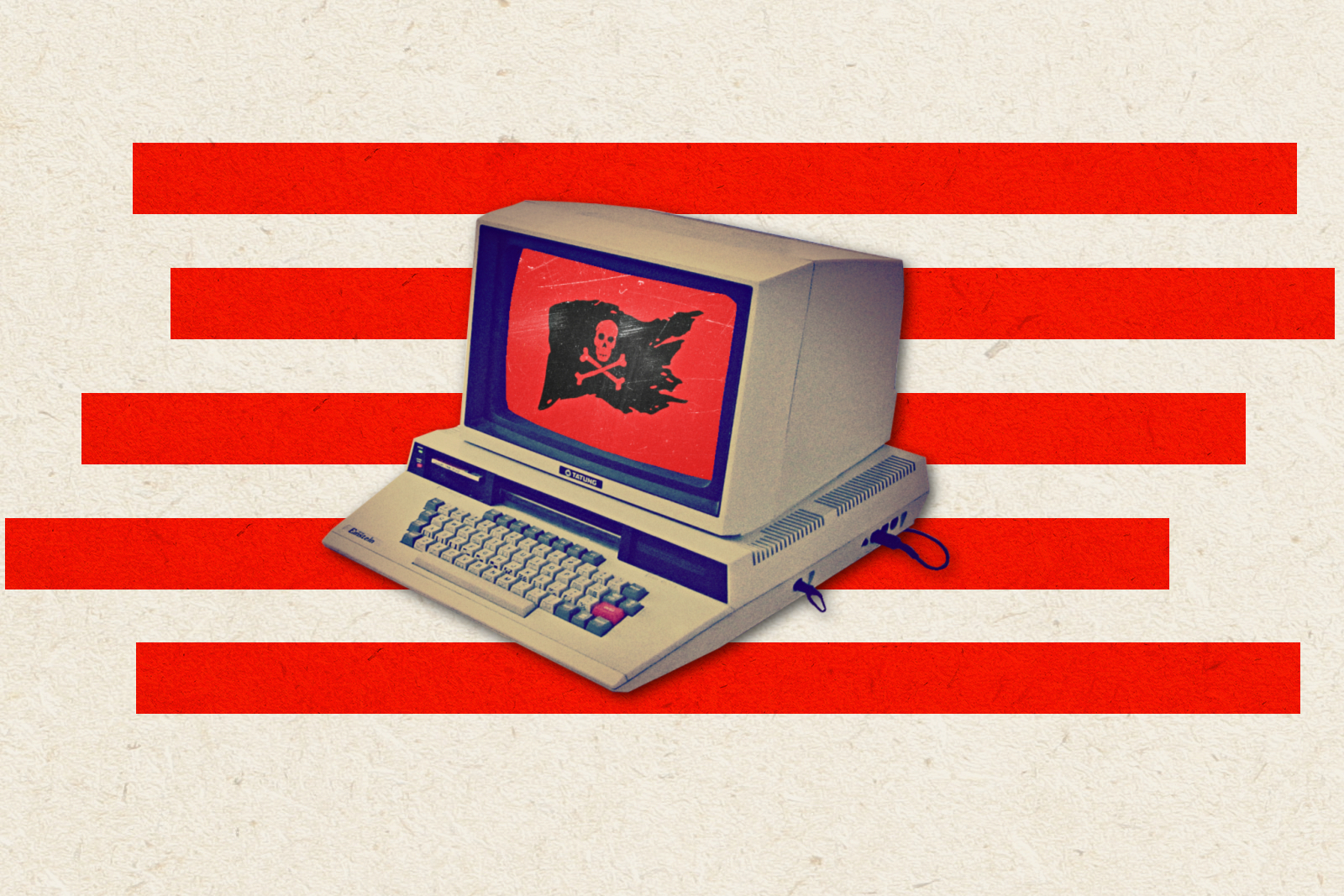
Tech
Companies in Asia Need to Take Ransomware Seriously
Companies in Asia are at higher risk of being hit with ransomware attacks, which can have devastating consequences. What should companies expect in 2023 regarding ransomware protection and other cyber threats?
According to some estimates, upwards of 80% of companies in the region experienced a ransomware incident at least once in the last five years.
People across Asia are more vulnerable to cyberattacks due to their increasing connectivity and tech adoption rates. Because of this, people in the region need to be educated to identify potential threats, such as phishing, malware, and ransomware.
Threat actors will exploit instances of human error to launch attacks, steal data, and wreak havoc on corporate networks and IT systems. In addition to traditional ransomware threats, the emergence of ransomware-as-a-service is another concern companies must address this year.
Their impacts
Threat actors are launching attacks on companies across various industries, from automotive and media to retail and hospitality. Ransomware attacks are also becoming more sophisticated, making them more challenging for companies to defend against.
Research suggests companies can face downtime of up to 16 days post-ransomware attack, costing hundreds of thousands or millions of dollars. These rising costs can make it difficult or even impossible for companies to meet their bottom line in the fierce, competitive market. Therefore, ransomware prevention and protection have never been more critical than they are today.
How to prevent ransomware attacks
As the cybersecurity landscape in the region continues to evolve and become more complicated, it has never been more vital for businesses to develop and implement a robust cybersecurity program. Companies can protect themselves from ransomware in a number of ways.
Numerous vendors in the region can help companies defend themselves against ransomware and protect the integrity of their business. Companies should consider partnering with a technology vendor specializing in ransomware protection services.
A simple Google search will result in countless ransomware protection services that should help protect companies from attacks.
Prioritize data backups
Another way businesses can defend themselves against ransomware is by making data backups a core component of their cybersecurity strategy. Rather than react to an attack, take a proactive approach, and anticipate attacks before they happen.
Backing up data can be a game-changer when it comes to experiencing ransomware. If threat actors hold sensitive data for ransom, businesses with backups can still access the data and avoid negotiations with cyber criminals. It’s important that companies also use various cybersecurity measures to protect their data backups, as they can also become infected.
Train employees
Lastly, implementing comprehensive employee training programs can help companies protect themselves from ransomware. Employees must learn about the different types of cyber incidents, how they could become targets, and how to identify a potential ransomware attack.
The stakes are too high to allow employees — particularly those working remotely — to access critical information on their corporate networks without adequate cybersecurity training. In simple terms, prioritizing training is necessary for today’s age of digitalization.
Expect more cyber threats in 2023
Ransomware attacks in the region are expected to grow more frequent and complex in today’s digital and data-driven business environments. Technology in the region is evolving and helping businesses achieve more than ever before, but it’s also leading to increases in cybersecurity threats. Companies must prioritize ransomware protection to minimize these attacks’ negative impact on their success.

